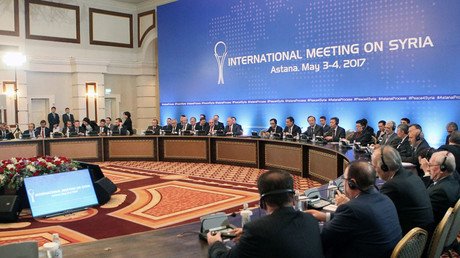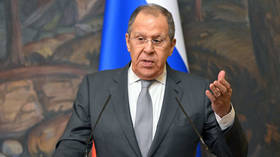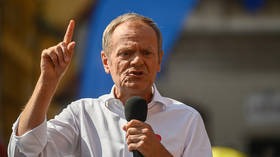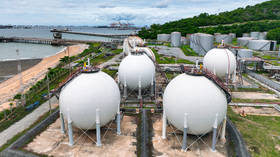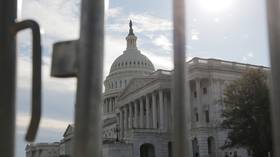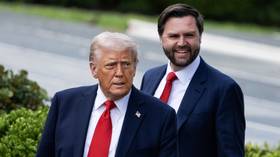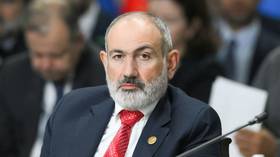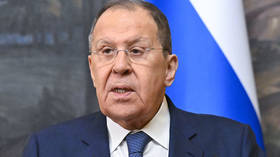Deal on safe zones in Syria to come into effect 21:00 GMT on May 5 – Russian MoD

The agreement for safe zones in Syria will come into force on Friday at 21:00 GMT, the Russian Defense Ministry announced. Russia, Iran and Turkey negotiated the memorandum on Thursday in Astana, Kazakhstan.
Speaking to journalists on Friday, Deputy Defense Minister Aleksandr Fomin said the deal brings hope for a more comprehensive cessation of hostilities in Syria.
“It was supported by all principal players, including the UN, the US administration, Saudi Arabia and other nations, so there is a certain degree of guarantee that the memorandum will be implemented,” he said.
“It is coming into force tomorrow, or rather at midnight Moscow time, on May 6.”
The memorandum designates four areas in Syria as safe zones, where armed groups opposing the Syrian government and not supporting a jihadist agenda would be protected from attacks. They are expected not to allow terrorist groups use them as safe havens.
The largest safe zone is in northern Syria, covering Idlib Governorate as well as parts of Latakia, Aleppo, and Hama, according to the Russian military. The second covers the northern part of Homs Governorate, where around 180,000 civilians live. The third zone encompasses the Damascus neighborhood of Eastern Ghouta, a small region controlled by the terrorist group Al-Nusra Front. The last one is in parts of southern Syria bordering Jordan.
Fomin said the implementation of the deal may allow the war in Syria to finally stop. He added that the memorandum has provisions for including more territories into the safe zones.
The official said Defense Minister Sergey Shoigu has contacted his counterparts in several nations to ensure that the safe zones deal works.
“The Russian minister has held working sessions with defense ministers of Iran, Turkey, Syria and Israel,” he said, adding that respective intelligence services and foreign ministries have been contributing to the de-escalation effort as well.
He added that contacts with the leaders of armed opposition groups helped convince them to support the de-escalation.
“The position of the United States, which welcomed the steps towards reducing the level of violence in Syria, improving the humanitarian situation and creating the environment for resolving the conflict, has played a positive role,” Fomin noted.
In the short run a working group on Syria will prepare accurate maps with borders of the safe and buffer zones and agree them with partners, deputy head of Operations at the Russian General Staff, Stanislav Gadzhimagomedov, told the journalists during the same briefing.
“We expect further cooperation from our partners in the Astana process, the observer countries as well as support from international organizations, primarily the UN,” he said.
Meanwhile the head of Operations, Sergey Rudskoy, said Damascus would use forces freed by the safe zones deal to attack Islamic State (formerly ISIS/ISIL) in central and western Syria. He pledged Russian air support for the effort.
He added that Russian warplanes have not been targeting the territories now designated as safe zones since the beginning of the month, which helped pave the way for the signing of the memorandum.

